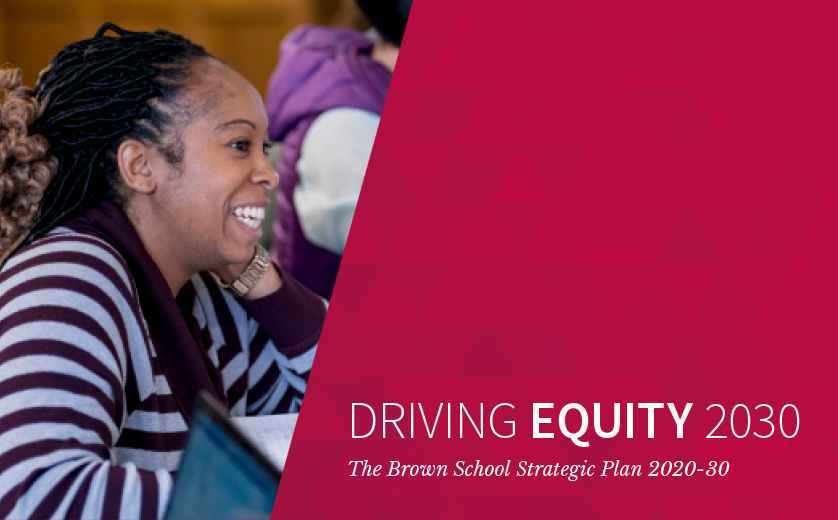Strategic Priorities
Data Science and Technology to Advance the Social Good
The pace of data production is accelerating at a scale that is unparalleled in history, offering critical information that can help eliminate health and well-being disparities for individuals and populations.
Advanced methods such as data mining and machine learning are emerging as important tools to harness this data for the social good. As a leading school in our professional fields, we need to advance our capacity to train in these methods and in our ability to make data accessible for both internal and external research. We expect to invest in and support related faculty scholarship, as well as the development of technologies for practice and policy applications.
Progress Reports
Progress Report 2022
Focused on identifying how to elevate Data Science for the Social Good, the committee has made great strides in this area. Leadership growth was bolstered by the installations of Doug Luke as the Irving Louis Horowitz Professor in Social Policy and Brett Drake as the Professor of Data Science for the Social Good in Practice. Further, Jenine Harris has become the Chief Analytics Officer to help provide data leadership in the Brown School.
Launched in 2022, the Post-Master’s Certificate in Artificial Intelligence Applications for Health Data meets the goal of increasing resources to promote advanced data and analytic skills for faculty, staff and students. The program provides hands-on, step-by-step guidance and ample practice opportunities for professionals to learn and apply state-of-the-art AI models to solve real-world health and social problems.
Goals and Objectives
Goal 1: Transdisciplinary Training: Develop and deploy innovative training in socially responsible data science for students, staff, professionals, and community stakeholders.
Objectives:
- Develop and implement competencies-based student training in socially responsible data science.
- Develop and implement competency-based professional development for socially responsible data science.
- Develop and implement competency-based community partnerships for socially responsible data science.
- Incubate, expand, and sustain innovative transdisciplinary training in community-driven data science.
Goal 2: Transformative Scholarship: Serve as a local, national, and global hub for transdisciplinary community-driven data science aimed at promoting equity.
Objectives:
- Enhance Brown School leadership in community-driven data science locally, nationally, and globally.
- Cultivate active intellectual exchange on community-driven data science.
- Assemble and support a world-class faculty driving innovations in community-driven data science.
- Create research infrastructure to support community-driven data science conducted in the School, University, and external partners.
Goal 3: Integrated Infrastructure: Make a sustained commitment to maintaining a modern computing infrastructure with high-functioning technology.
Objectives:
- Establish a Brown School infrastructure that is responsive and adaptive to the rapidly changing technology environment.
- Conduct ongoing gaps analysis to identify the areas for technology improvements, upgrades, resources needed, and timeline.
- Create research infrastructure to support community-driven data science conducted in the School, University, and external partners.

“Advances in technology and data offer new opportunities as well as challenges for those in the social service and public health fields. The transdisciplinary research and training at the Brown School make us ideally suited to develop next- generation data strategies and tools that can promote justice.”
–PATRICK FOWLER, ASSOCIATE PROFESSOR